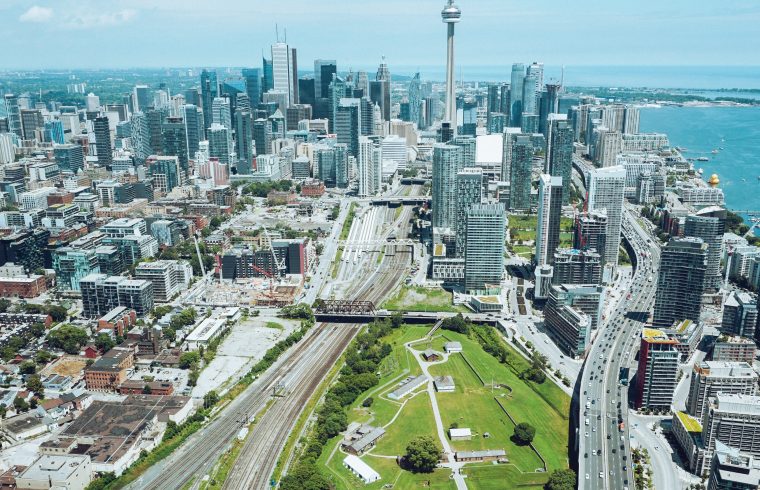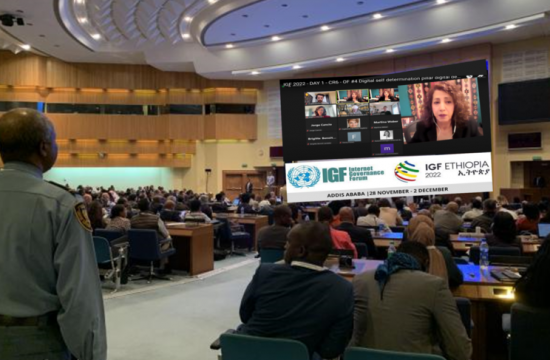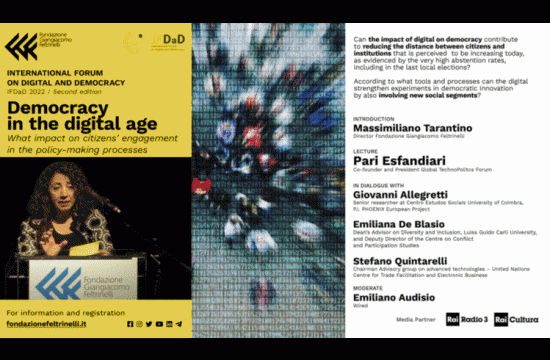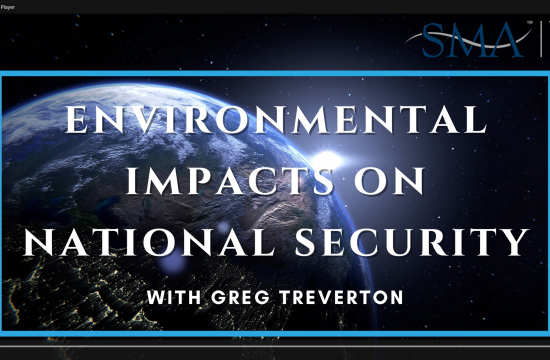By Pari Esfandiari
First Published in Iran International Magazine in September 2000.
There was a time when concern over environmental threats was only voiced by environmentalists. However, at the start of a new millennium during the first century of which the world population is likely to nearly double, more experts are prompted to reconsider some of the relationships between economic development and the natural environment. Here is a green point of view by Dr. Pari Esfandiari to avoid a gray future:
Scientific reports point to the possibility of disturbing changes in macro and microclimates. Scientists point out the studies of the evolution of life which show the existence of a delicate ecological balance in which basic elements of the Earth (atmosphere or air, hydrosphere or water, and the lithosphere or rock) and the plants and species which dwell upon it interact with each other and consume each other in a chain.
They argue that upsetting one of these elements or removing one of them from the chain could upset the whole ecosystem. They maintain that the planet can support life only through continuous interaction between its three basic elements, which have a self-renewing and self-cleaning mechanism. It also contains limited resources, some renewable and some non-renewable. Scientists argue that the disturbing changes which are taking place may go beyond rectification by self-cleaning and self-renewing mechanisms, and beyond the limited resources of the planet. More importantly, as environmental problems are linked to one another, and exacerbate each other, such changes may have disastrous results, beyond our prediction. In general, scientists agree that there are environmental problems, but there are disagreements about the importance, extent, and future consequences of environmental degradation.
A Modernity Link: It is clear that human impact on the environment increased rapidly over the last four centuries. The scientific and industrial revolutions in the Western world since the sixteenth century have transformed human activity, created a worldwide market, and escalated population growth. While the discovery of the nuclear structure of matter and the nature of atomic power in the twentieth century have accelerated the pace of ecological impact further. Referring to environmental problems in both developed and developing countries, the World Commission on Environment and Development (WCED) in its 1987 report, concludes: “Thus today’s environmental challenges arise both from the lack of development and from the unintended consequences of some forms of economic growth. These arguments illustrate a clear link between modernity and environmental degradation. The paradox is that we cannot afford to uncritically accept modernity’s inner logic in light of the unintended negative consequences it has engendered for the life-support system; nor can we reject its relevance, with all of the fruitful ambiguities it entails, to our intellectual self-definition, present, and future.”
Political and Social Choice: Economic development and growth is mostly based on the production of products that use a high amount of energy and raw materials. It entails a substantial amount of pollution and waste, with a consequent impact on the environment. Over the last century, increased consumption due to the demand for higher living standards resulted in a 30-fold increase in the use of fossil fuels, and a 50-fold increase in industrial production, with over three-quarters of the changes taking place since 1950. Rapid urbanization entailing environmental problems is another by-product of economic development. But the WCED argues that developed countries have the resources and expertise to tackle these problems; for them, it is an issue of political and social choice.
As the international rule-making bodies such as International Monetary Fund (IMF), the World Bank, and the General Agreement on Tariffs & Trade (GATT), now superseded by the World Trade Organization (WTO), are dominated by the developed countries, developing countries are increasingly influenced by, but unable to influence, economic factors. This has created disadvantageous terms of technology transfer, trade protection, declining financial flow to developing countries, and rising burdens of debt servicing, adding to the widening gap between the per capita income of developed and developing countries. In addition, the huge amount of debt, carrying high-interest rates, removes any hope for economic improvement in these countries. Finally, tough environmental regulations in the developed world are turning some parts of the developing world with relatively relaxed environmental regulations into a haven for environment-polluting activities and for dumping huge amounts of industrial waste, adding to existing environmental problems. At the national level, developing countries often have an imbalanced society, with unequal distribution of land and other assets between vast numbers of poor and a limited number of rich. These factors, combined with increasing demands for the commercial use of good land, have pushed many poor farmers onto poor land, resulting in environmental degradation of land while making farmers more vulnerable to all disasters. Their economically weak governments do not have the necessary resources to fight back.
Another key factor referred to is the rapid world population growth since 1850. Problems arise both from the sheer increase in numbers, and from the speed at which this increase has taken place. The WCED argues that the issue of reducing population growth in developing countries should be part of a broader concern about a more rapid rate of economic and social development and an improvement of the quality of human potential, through education and other measures. The WCED argues that high population growth, development needs, and demand for higher living standards, hand in hand with increasing poverty, will increase the developing world’s pressure on the environment significantly, beyond the resource and ability of their governments to deal with it. Unless an international effort is made and adequate help is given to these countries to overcome poverty, their environmental impact will increase for the benefit of all.
Development and the Environment: To establish some structure for the discussion, let us think of the economy, the natural environment, and the sociopolitical structures and processes as three sub-systems within a more general system. Development economics has for long denied the separability of the economy and the sociopolitical structures. In contrast, environmental economics declares the necessity of conceptually integrating economic and natural ecological systems.
Both DE (for development economics) and EE (for environmental economics) embrace a political economy orientation. But this has been less evident in EE. The dominance of environmental economics research has tended to focus attention on issues relating to market failure, such as the valuation of and appropriate responses to adverse environmental externalities in the form of air and water pollution, and to the creation and protection of public goods such as wilderness areas. However, as perceptions of the chief threats to well-being in affluent countries have switched from localized to international and global environmental problems, mainstream environmental economics has been forced to address more fully sociopolitical system influences and interactions, only because internationally coordinated action seems to be required.
Within DE, attention is given to labor and to physical and human capital; neo-classical and endogenous growth models can be distinguished in terms of the properties of the human capital input and how it enters the function. In contrast, environmental economics has conventionally focused on the respective roles of economic capital (that is, labor power and physical capital) and natural capital, and the best environmental economics considers these roles within the context of a function that must satisfy the laws of thermodynamics. The fact is that the suggestion that economic growth will take care of environmental problems is not warranted. Here, some point to a relationship called the Environmental Kuznets Curve (EKC) based on which economic growth is initially associated with a deterioration of environmental quality and later with an improvement. However, EKC in itself tells us little about whether growth is sustainable; that is, whether the consequences of growth threaten the resilience of ecological systems on which economic activities depend.
International Trade: To the development economist, two sets of issues have been of principal interest. The first is the pattern of productive specialization that underlies international trade; the time paths of relative prices of primary, secondary, and tertiary products; and the crippling levels of indebtedness in which many developing countries have found themselves. The second concerns trade policy orientations, particularly with regard to regulation and liberalization.
In circumstances where major transformations are required, carefully constructed action programs are not by themselves sufficient to implement the transformations. It is also necessary that individuals and groups with specific local experience should be able to take general schemes and put them into forms that can succeed in particular conditions. Institutions are needed to administer, monitor, and adjust their operation. In other words, not only is a program required, but also the capacity to develop and carry it through must exist.
Other analysts take a different, novel, and interesting approach. They argue that important lessons for the regulation of globally polluting activities can be learned from an examination of the ways in which local communities have dealt with the problems of restricting access so as to attain sustainable use of a common property resource. They suggest that global cooperation requires clear and unanimously acceptable rules, the monitoring of compliance, and graduated sanctions for infringement. The requirement of unanimity implies that rules will need to be perceived as fair and practically tolerable.
In a nutshell, “development and the environment” has been a theme for discussion since 1987, and the 1992 World Development Report took the discussion further. Some of the recent critiques from the field of development studies have embraced a postmodernist view where no individual system of theories is held superior to any other. From time to time, attacks on the positivist tradition of DE and EE have been presented. In both DE and EE there have been attempts to adapt the method to the context and triangulate with other research methods, though such attempts have been an exception rather than the rule.










